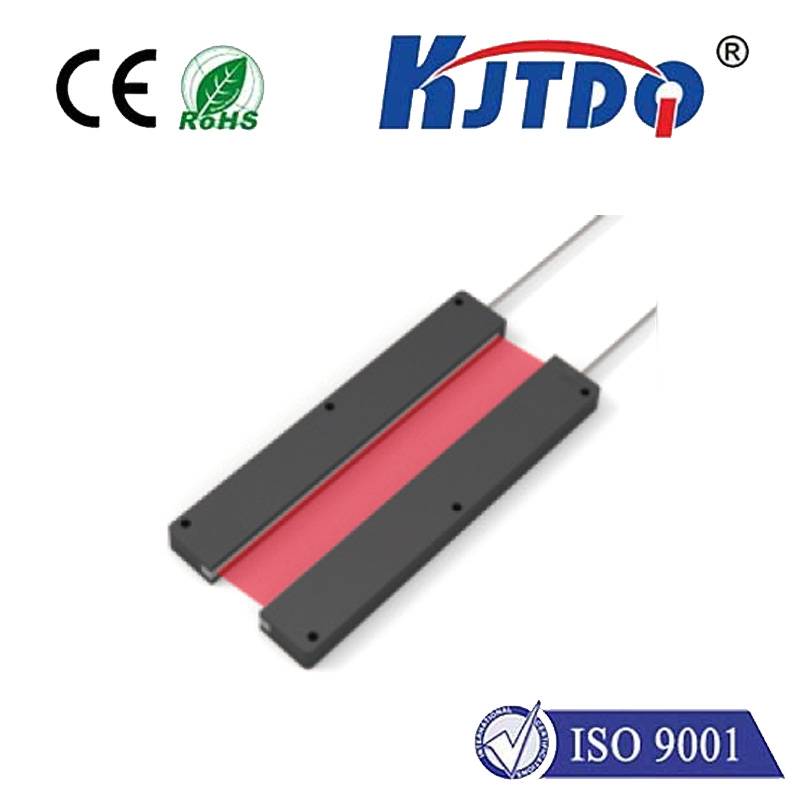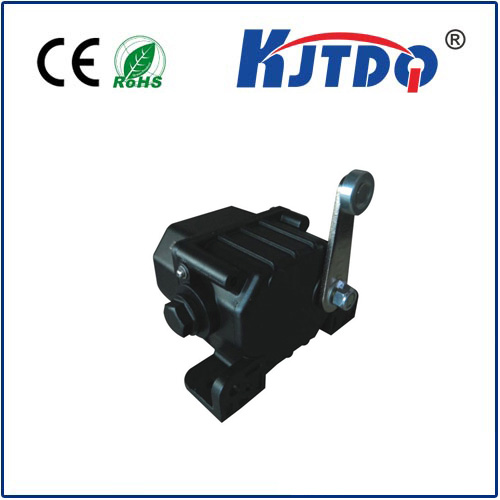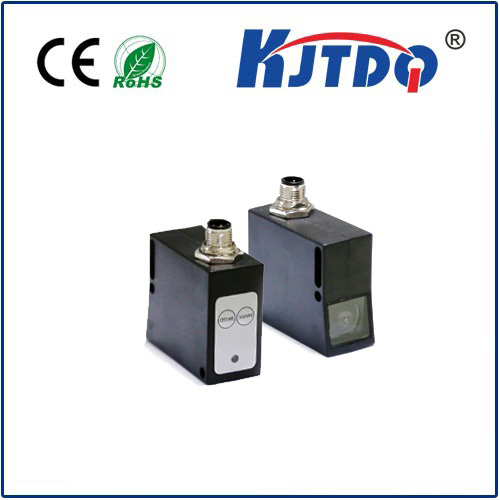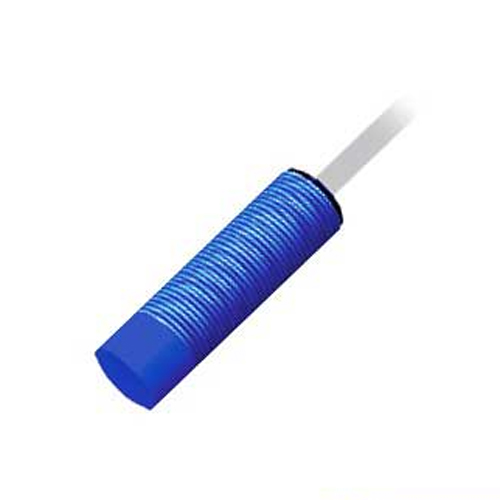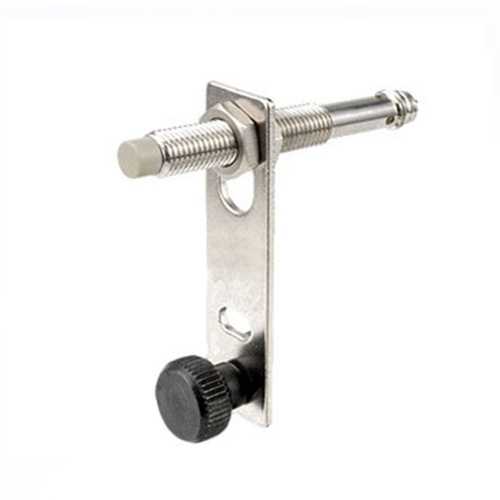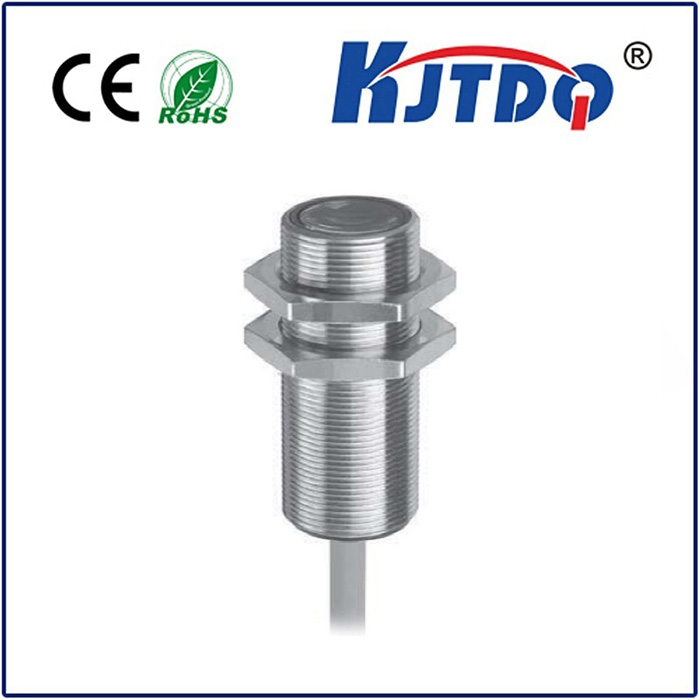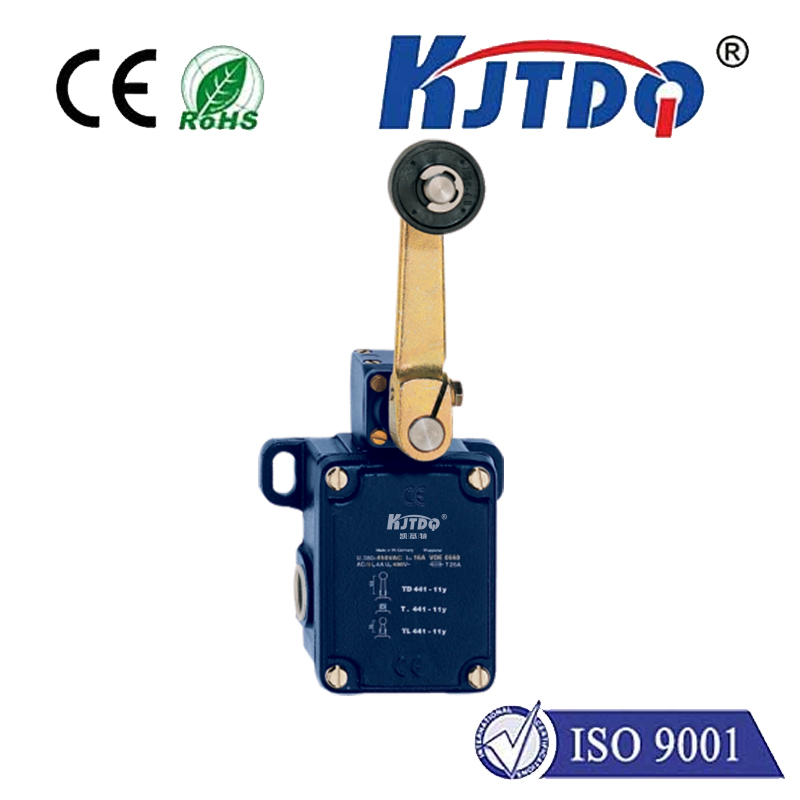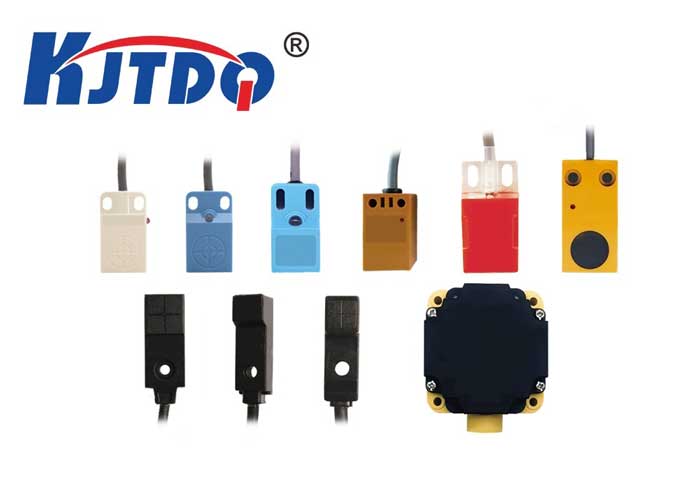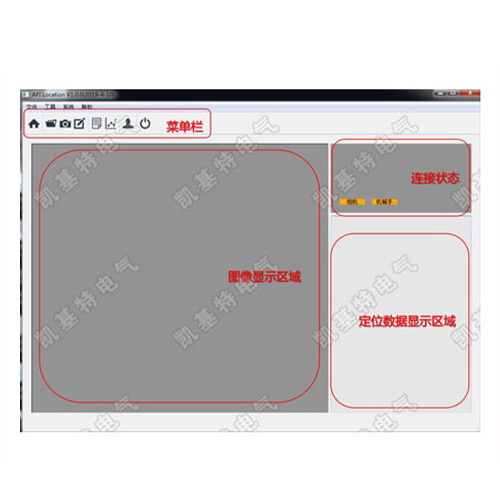Understanding the VL53L0X FOV: A Comprehensive Guide to Field of View in Time-of-Flight Sensors In the rapidly evolving world of sensor technology, the VL53L0X has emerged as a game-changer, particularly in applications requiring precise distance measurement. One of the most critical aspects of this sensor is its Field of View (FOV), a parameter that significantly influences its performance and suitability for various tasks. This article delves into the intricacies of the VL53L0X FOV, exploring its importance, how it works, and its implications in real-world applications.
The VL53L0X is a state-of-the-art Time-of-Flight (ToF) laser-ranging module developed by STMicroelectronics. It is designed to provide accurate distance measurements up to 2 meters, making it ideal for applications such as robotics, drones, and augmented reality. The sensor operates by emitting a laser pulse and measuring the time it takes for the light to reflect off an object and return to the sensor. This method, known as Time-of-Flight, allows for highly precise distance calculations.
Field of View (FOV) is a critical parameter in any optical sensor, including the VL53L0X. It refers to the angular extent of the observable world that the sensor can capture at any given moment. In simpler terms, FOV determines how wide an area the sensor can “see.” A wider FOV allows the sensor to detect objects over a broader area, while a narrower FOV focuses on a smaller, more precise region. For the VL53L0X, the FOV is particularly important because it directly impacts the sensor’s ability to detect and measure distances to objects within its range. A sensor with a wide FOV might be ideal for applications requiring broad coverage, such as obstacle detection in robotics. Conversely, a narrow FOV might be more suitable for tasks requiring high precision, like gesture recognition in consumer electronics.
The VL53L0X has a 25-degree FOV, which is relatively narrow compared to other sensors in its class. This narrow FOV is achieved through the use of a collimated laser beam, which ensures that the light emitted by the sensor is highly focused. The result is a sensor that can accurately measure distances to objects within its FOV, even in challenging environments with varying lighting conditions. The sensor’s FOV is also influenced by its lens design and the optical system used to focus the laser beam. These components work together to ensure that the sensor’s FOV is both precise and consistent, allowing for reliable distance measurements across a range of applications.
The VL53L0X’s FOV makes it particularly well-suited for a variety of applications where precise distance measurement is required. Here are a few examples:

Робототехника: In robotics, the VL53L0X’s narrow FOV allows for precise obstacle detection and avoidance. This is particularly important in autonomous robots that need to navigate complex environments without colliding with objects.
Drones: Drones often rely on ToF sensors for altitude control and obstacle avoidance. The VL53L0X’s FOV ensures that the drone can accurately detect and measure distances to objects in its flight path, enhancing safety and performance.
Augmented Reality (AR): In AR applications, the VL53L0X can be used to measure distances to real-world objects, allowing for more accurate and immersive virtual overlays. The sensor’s FOV ensures that these measurements are precise, even in dynamic environments.
Потребительская электроника: The VL53L0X is also used in consumer electronics, such as smartphones and tablets, for features like gesture recognition and autofocus in cameras. The sensor’s FOV ensures that these features work reliably, even in varying lighting conditions.
When compared to other ToF sensors, the VL53L0X’s FOV is relatively narrow. For example, some ToF sensors have a FOV of 60 degrees or more, which allows them to cover a much broader area. However, this wider FOV often comes at the expense of precision, as the sensor’s ability to accurately measure distances to individual objects is reduced. The VL53L0X’s 25-degree FOV strikes a balance between coverage and precision, making it ideal for applications where both are important. This balance is particularly evident in robotics and drones, where the sensor’s ability to detect and measure distances to obstacles is critical for safe operation.
To get the most out of the VL53L0X’s FOV, it’s important to consider the specific requirements of your application. Here are a few tips for optimizing the sensor’s FOV:
Positioning: Properly positioning the VL53L0X in your device or system is crucial for maximizing its FOV. Ensure that the sensor is aligned correctly and that there are no obstructions that could interfere with its ability to detect objects.
Calibration: Calibrating the sensor is essential for ensuring accurate distance measurements. Follow the manufacturer’s guidelines for calibration, and consider using additional tools or software to fine-tune the sensor’s performance.
Environmental Factors: The VL53L0X’s FOV can be affected by environmental factors such as lighting conditions and the presence of reflective surfaces. Take these factors into account when designing your system, and consider using additional sensors or algorithms to compensate for any potential issues.
Integration: Integrating the VL53L0X with other sensors or systems can enhance its overall performance. For example, combining the sensor with a camera or inertial measurement unit (IMU) can provide additional data that can be used to improve accuracy and reliability.
The VL53L0X’s Field of View (FOV) is a critical parameter that influences its performance in a wide range of applications. By understanding how the sensor’s FOV works and how to optimize it for your specific needs, you can unlock the full potential of this powerful ToF sensor. Whether you’re designing a robot, drone, AR system, or consumer electronic device, the VL53L0X’s FOV offers the precision and reliability you need to achieve your goals.
